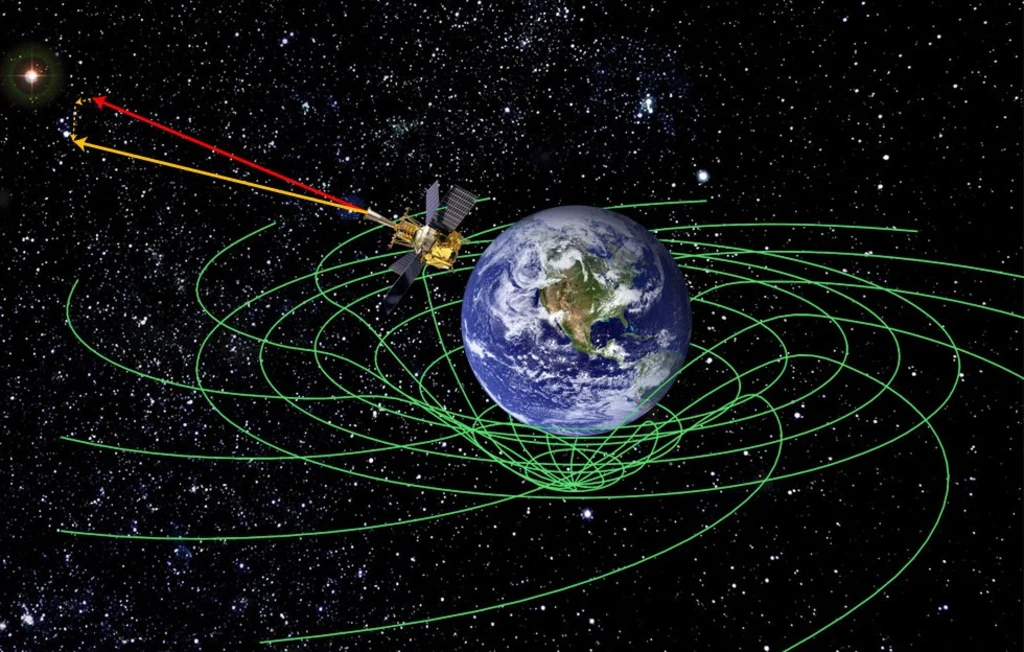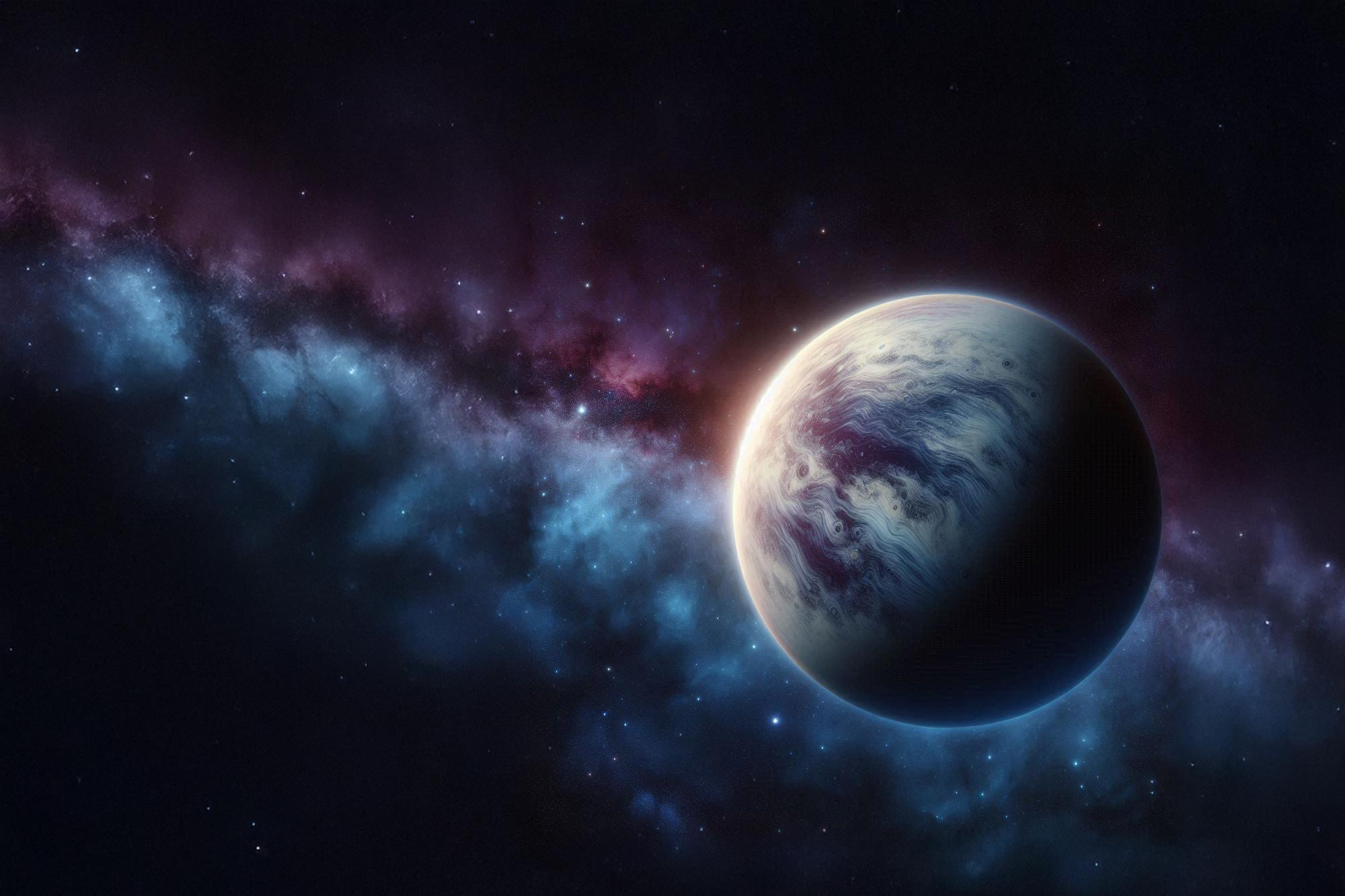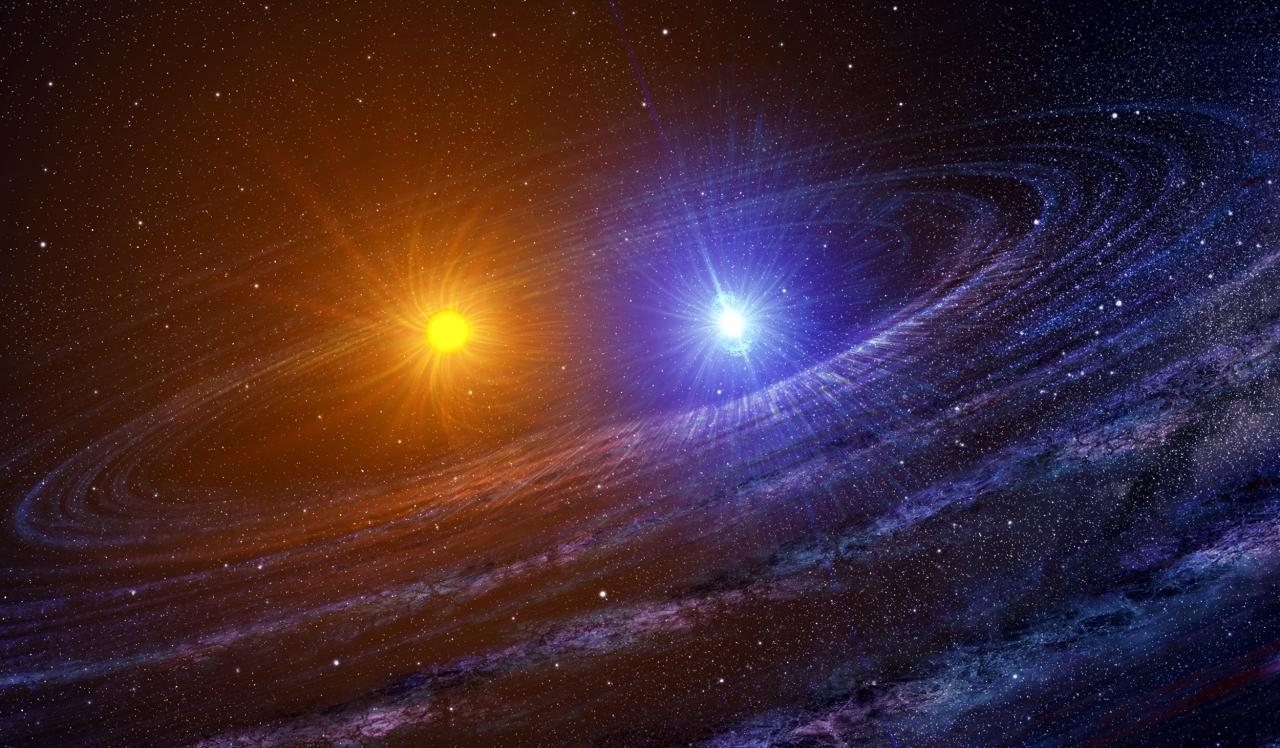innovuscollege.com – Time is a universal constant, or so it seems. However, the concept of time becomes far more complicated when we venture beyond Earth’s atmosphere. Space travel introduces unique challenges and phenomena that alter the way time is experienced, both for astronauts and for scientific calculations. Understanding how time works in space requires us to consider concepts like relativity, time dilation, and the mechanics of space missions.
The Basics of Time on Earth
On Earth, time is measured by the rotation of our planet and its orbit around the Sun. A day is the time it takes for Earth to complete one rotation, and a year is defined by the planet’s revolution around the Sun. This measurement of time is constant for all humans living on Earth.
But space, particularly beyond the Earth’s atmosphere, presents a completely different set of circumstances. The further we move from Earth or the faster we travel, the more time can behave differently, as we will explore below.
Time in Space: The Effect of Gravity and Speed
Two major principles from Einstein’s theory of relativity play a crucial role in how time works in space: gravitational time dilation and velocity-based time dilation. Both of these principles show that time does not pass the same way everywhere in the universe.
Gravitational Time Dilation
According to Einstein’s general theory of relativity, time passes more slowly in stronger gravitational fields. On Earth, the gravitational pull is relatively strong, and thus time moves at a “normal” pace for us. However, the further you are from a massive object like Earth, the weaker the gravitational field becomes, and time flows slightly faster.
For example, astronauts aboard the International Space Station (ISS) are orbiting Earth at an altitude of about 400 kilometers. At this height, the gravitational pull is weaker than on Earth’s surface, meaning time passes just a tiny bit faster on the ISS compared to Earth. However, this effect is extremely small—just a few milliseconds per day—but it does illustrate how gravity affects the passage of time.
Velocity-Based Time Dilation
In Einstein’s special theory of relativity, time also slows down as an object approaches the speed of light. This means that astronauts traveling at a significant fraction of the speed of light would experience time at a much slower rate than people on Earth. This effect, called time dilation, becomes much more noticeable the faster an object moves.
For instance, if an astronaut were to travel in a spacecraft at 90% of the speed of light for several years and return to Earth, they would have aged much less than people who remained on Earth. The faster you move, the more time “stretches” for you, so astronauts would return from their journey to find that more time had passed for those on Earth than for them.
In practical terms, time dilation is not significant on the typical space missions we conduct today, such as those to the ISS, because spacecraft travel at speeds far below that of light. However, for long-duration space exploration—such as missions to Mars or beyond—time dilation could become a more important consideration.
Timekeeping in Space
Keeping track of time in space is crucial for astronauts, scientists, and mission control on Earth. Spacecraft, satellites, and space stations rely on highly accurate atomic clocks to synchronize their timekeeping systems with Earth time. These atomic clocks are far more precise than traditional mechanical or quartz clocks, which makes them ideal for use in space missions.
For example, GPS satellites, which orbit Earth at much higher altitudes than most objects on the surface, must adjust their timekeeping to account for both the weaker gravity they experience and the high velocities at which they travel. Without these adjustments, the GPS system would quickly become inaccurate.
In the case of the ISS, astronauts live and work in an environment where they orbit Earth approximately once every 90 minutes. Their daily schedule is coordinated based on Earth time, but they must also factor in factors like orbital speed and time dilation when conducting experiments or coordinating with mission control.
The Challenges of Time in Deep Space
The further we travel into space, the more complicated the concept of time becomes. For instance, on a mission to Mars, which would take several months, astronauts would experience a different passage of time compared to people back on Earth. Though the effects of time dilation wouldn’t be as extreme as traveling near the speed of light, astronauts would still face the challenge of staying in sync with Earth’s time and adjusting their internal clocks accordingly.
Beyond Mars, missions to outer planets like Jupiter or Saturn, or even to exoplanets, would require careful planning around time, especially when considering the communication delays. Signals sent from Earth to spacecraft beyond the asteroid belt can take anywhere from 30 minutes to several hours to reach their destination, meaning that real-time communication is not feasible.
How Space Travel Affects Astronauts’ Perception of Time
Astronauts themselves often report that time feels different while in space. Without the usual day-night cycle and with the lack of a natural environment, the passage of time can become difficult to track. The ISS orbits Earth so quickly—about 16 times a day—that astronauts experience a constant sunrise and sunset, making it hard to establish a sense of a 24-hour day.
Astronauts also face the challenge of managing their physical and mental well-being during extended missions. With the confined space, limited social interactions, and challenges posed by zero-gravity, maintaining a regular sleep schedule becomes essential for both physical health and cognitive function. The disruption of Earth-based time rhythms can lead to issues like “space jet lag” or circadian rhythm disturbances.
Conclusion
The way time works in space is both fascinating and complex. While astronauts experience time at slightly different rates due to relativistic effects like time dilation, the most significant challenges for space travelers are practical—keeping accurate time, managing schedules in an environment with no natural light cycles, and dealing with communication delays.
As space exploration progresses, particularly with long-duration missions to Mars and beyond, understanding and managing the flow of time will be crucial. Time in space may be a constant challenge, but it’s a challenge that humanity will need to embrace if we’re to continue exploring and eventually settle beyond Earth.





